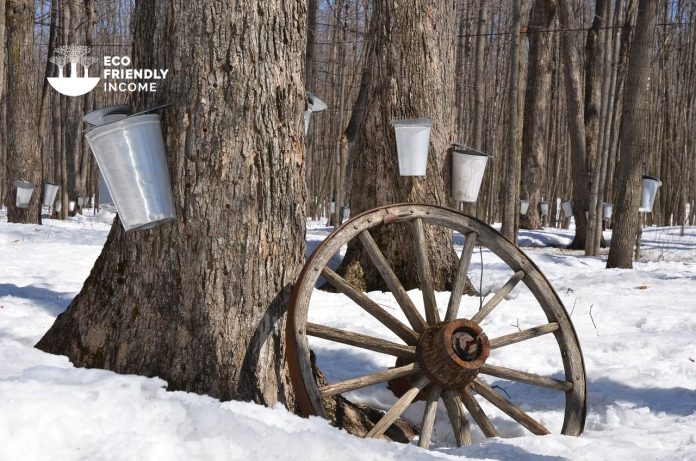A field guide on how to identify and propagate Sugar Maple (Acer saccharum), a hardy tree that is native to eastern North America.
How to Identify Sugar Maple (Acer saccharum)
Leaves
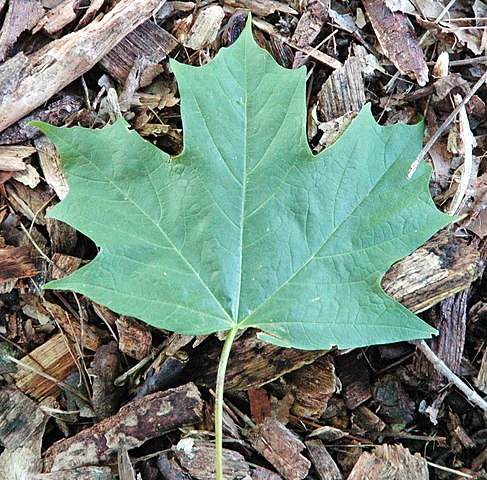
Sugar maple leaves have 3-5 lobes, with pointed tips. They grow on the stems in an opposite arrangement.
Bark
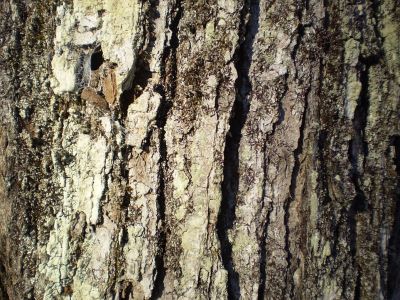
The bark of a sugar maple tree is grayish-brown in color and has shallow vertical furrows that divide the bark into scaly plates.
You could easily peel away these plates from the tree, and you would see a softer, lighter brown inner bark.
Flowers
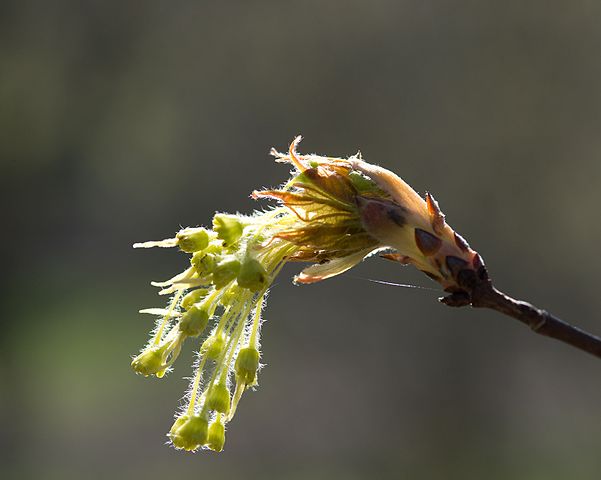
Sugar maple flowers are small, yellow-green, and grow in clusters of seven to twelve flowers.
The flowers are hermaphroditic, meaning they contain both male and female reproductive parts, and are pollinated by bees and other insects.
The flowers have a sweet, pleasant aroma and are a favorite of honey bees.
Flowering Season
You can spot sugar maple blooms from late April to early May.
Habitat
You can typically find sugar maples growing in moist, well-drained soils in areas with humid climates.
They are most commonly found in deciduous forests, but can also be found in urban areas, parks, and gardens.
Other areas to look for sugar maples are open woodlands, and along the edges of wetlands.
Sugar maples are tolerant of a wide range of soil conditions, but they prefer soils that are slightly acidic and rich in organic matter.
Some trees & plants that often associate with sugar maples are:
- Yellow Birch (Betula alleghaniensis)
- Northern Red Oak (Quercus rubra)
- Canada Yew (Taxus canadensis)
- Red elderberry (Sambucus racemosa)
- Alternate-Leaf Dogwood (Cornus alternifolia)
Wildlife Value
The wildlife value of sugar maple trees is primarily related to their ability to provide food and shelter for a variety of animals.
These include chipmunks, squirrels, birds, and other small mammals. The sweet sap is a favorite food of these animals, and the leaves provide shelter and nesting material.
In addition, sugar maple trees also provide a source of shade, which can be beneficial for species such as deer and foxes.
How to Propagate Sugar Maple (Acer saccharum)

Hardiness Zone: 3-8

Soil Type: Well-drained silt, loam, sand.

Water: Normal

Exposure: Full Sun to Partial Shade
You have two good options to propagate sugar maple trees:
- Stem Cuttings: It provides established trees faster, but is tricky, and could have a lower success rate.
- By Seed: The success rate is high but takes longer to get established saplings.
It’s fairly easy to propagate sugar maples by seed but if you want to try an alternate method, stem cuttings can also work great.
Let’s look at both methods:
How to Propagate Sugar Maple (Acer saccharum) by Seed
Now if you have access to sugar maple trees nearby, it’s fairly easy to harvest the seeds as they drop by the thousands.
It’s all about picking them up at the right time of the year.
Here’s how:
How to Harvest Seeds
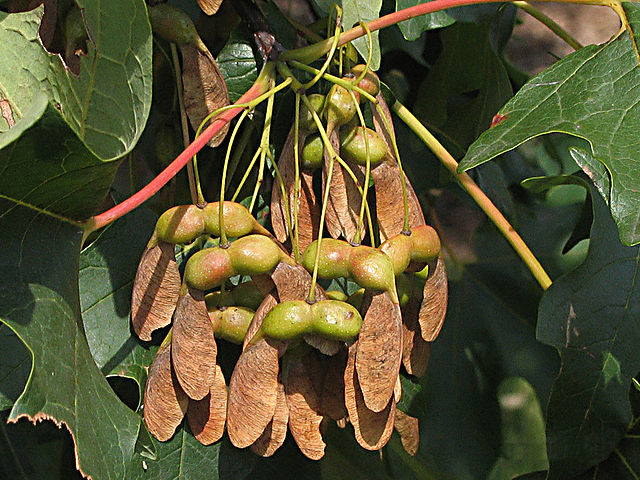
Sugar maple seeds are mature and ready to pick up by late September or early October.
The winged seeds are actually quite thick and come in pairs of two.
Sugar maple seeds need to go through cold stratification to germinate.
You can sow them in pots and leave them outside for the winter, or cold-stratify yourself indoors.
Cold Stratification
Here’s how to cold stratify sugar maple seeds yourself at home:
- First, place the seeds in a ziplock bag with mulch or sand, lightly moisten, close the bag, then tag it with the date and name.
- Next, put the bag into your freezer for the first part of the stratification process, which is about 60 days.
- Then, take them out of your freezer, and place the seeds in room temperature water for 24 hours.
- Finally, now put them into your refrigerator for an additional 30 days (same process in moistened mulch or sand).
If you follow this step-by-step, you’ll have a great chance at germination in the spring.
Reminder: Check on your seed bags every now and then to make sure they haven’t dried out!
Sowing
When you’ve finished the stratification process, you can now sow the seeds.
Fill some pots with a mix of sand and compost, surface sow the seeds, and cover with a fine layer of soil.
Moisten regularly, and cover to keep the humidity level high.
Sugar maple seeds should germinate within a week.
How to Propagate Sugar Maple (Acer saccharum) by Cuttings
Softwood cuttings are another effective method if you want to propagate sugar maples.
Important: Always take stem cuttings from young trees, as older, mature trees lose their ability to regenerate.
Ideally, if you can find some trees about 3-4 years old that don’t produce seeds yet, they’ll be a great source of cuttings.
The best time of the year to harvest softwood cuttings is from Spring to mid-Summer.

A good rule of thumb to practice anywhere is to wait at least 6 weeks after the first growth to harvest your cuttings.
Now here’s how to harvest your cuttings:
- First, identify a branch that’s got new growth and take a closer look at the shoots.
- Find a piece of branch that’s not firm, brown old growth, it’ll be green but by now it will have gone semi-hard.
- Snip a shoot off just below a node, but don’t take branches too thin, 1/4 inch width minimum, and they should be 6-8 inches long.
- Next, remove the leaves except for 1-2 at the top, if they are too big cut the leaves in half.
- Use a razor blade to scuff the base of the cuttings and expose the cambium. Make a vertical line on opposite sides, about 1 inch long.
- Next, dip them in rooting hormones (IBA TALC 3000 PPM), knock off the excess with a light flick, then plant them into your propagation substrate.
- Finally, keep watering the rooting medium, the substrate shouldn’t be soggy but it should stay moist.
With proper warmth and moisture, roots should form within 4-6 weeks.
Recommended rooting medium: Indoor: 3:1 perlite to peat moss. Outdoor: Sand.
That’s it! That should have you covered on multiplying your sugar maples!
FAQ
Q: What is the difference between sugar and red maple?
A: It’s mostly the sap, since sap from a sugar maple tree typically has more sugar than sap from a red maple, sugar maple trees are more desirable from an economic perspective for making maple syrup.
Q: Is sugar maple easy to grow?
A: Fairly easy if you follow a few rules: Sugar maple trees can thrive in fairly dry conditions, but for best results, the soil should remain moist but not sodden. It is important to make sure that you have enough space for a sugar maple tree to grow to its full potential before planting, as they can reach up to 74 feet (22.5 m.) tall and be almost as wide. Planting a sugar maple tree in a space that is too small will only lead to disappointment.
Q: How fast does Acer saccharum grow?
A: Sugar maple has a growth rate ranging from slow to medium, with annual height increases between less than 12″ and 24″.
Q: What is the lifespan of a sugar maple tree?
A: The Sugar Maple, when healthy, can live for over four centuries. There was one recently cut down in the U.S. that was about 240 years old.

